Home>Articles>Which Statement About Painting Hand Tools Is Correct
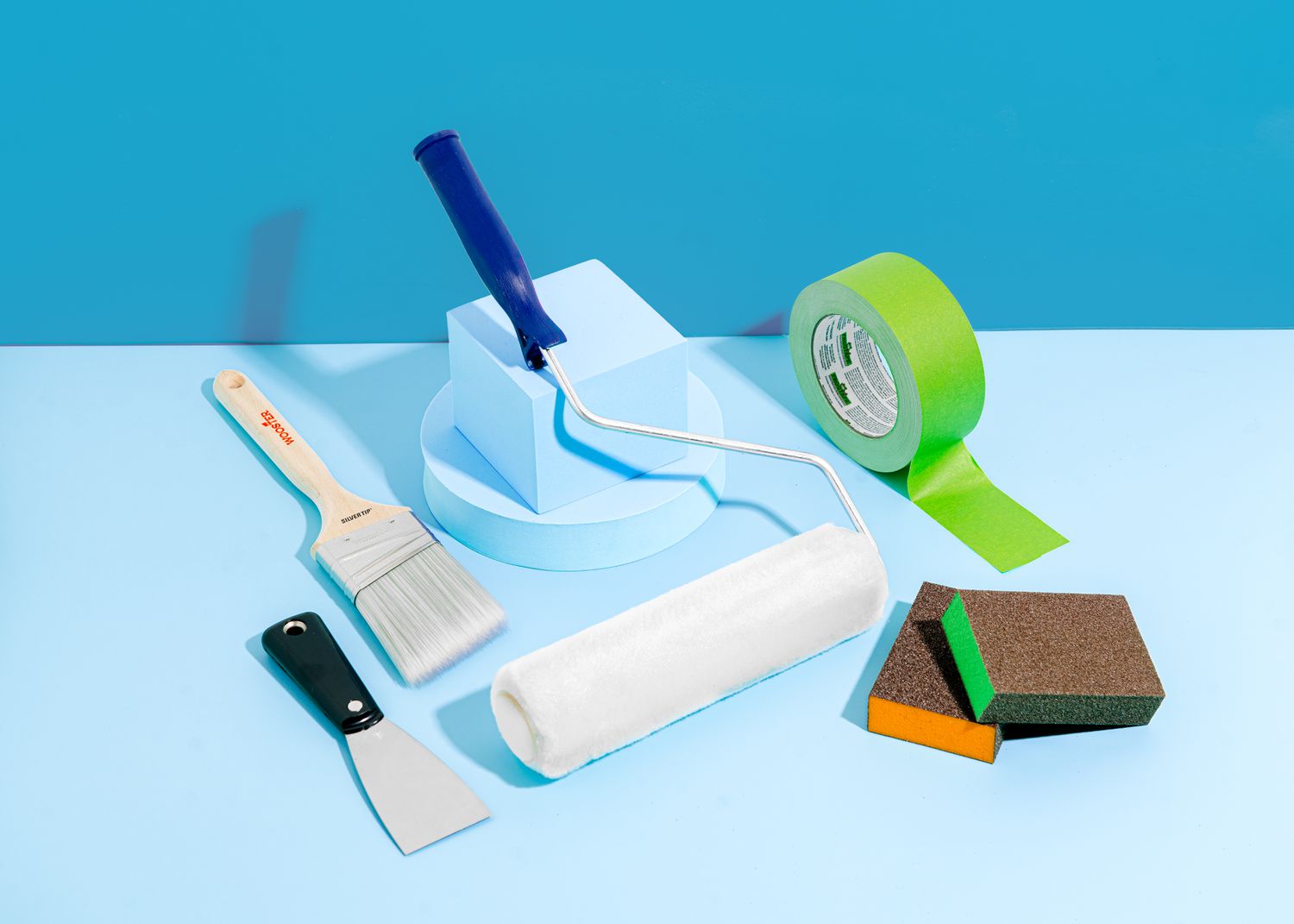

Articles
Which Statement About Painting Hand Tools Is Correct
Modified: September 1, 2024
Learn the correct statement about painting hand tools in this informative article. Discover useful tips and techniques for enhancing the durability and appearance of your tools.
(Many of the links in this article redirect to a specific reviewed product. Your purchase of these products through affiliate links helps to generate commission for Storables.com, at no extra cost. Learn more)
Introduction
Painting hand tools are essential for any DIY enthusiast or professional painter. They are the backbone of any successful painting project, allowing you to achieve precise and flawless results. From brushes and rollers to paint trays and scrapers, these tools play a vital role in transforming a dull and lifeless surface into a work of art.
In this article, we will explore the importance of painting hand tools and delve into the various types available. We will also debunk common myths surrounding these tools, provide tips on how to properly use and maintain them, and discuss the safety measures to take when working with painting hand tools. Whether you are a seasoned painter or just starting out, this article has valuable insights to help you make the most of your tools and achieve professional-quality paint jobs.
So, grab your paintbrushes and let’s dive into the world of painting hand tools!
Key Takeaways:
- Choosing the right painting hand tools is crucial for achieving professional-quality results. Consider factors like quality, surface compatibility, and ergonomics to ensure optimal performance and efficiency in your painting projects.
- Proper cleaning, maintenance, and safety measures are essential for preserving the functionality of painting hand tools. By following these guidelines, you can prolong the lifespan of your tools and ensure a safe and productive painting experience.
Read more: How To Learn About Hand Tools
The Importance of Painting Hand Tools
Painting hand tools are more than just accessories for a painting project. They are the key to achieving a smooth and professional finish. Here are some reasons why these tools are crucial:
- Precision: Painting hand tools provide you with precision and control over the application of paint. Whether you are using a brush, roller, or sprayer, these tools allow you to evenly distribute paint on surfaces, ensuring a clean and polished result.
- Efficiency: With the right painting hand tools, you can complete your painting projects more efficiently. The right brush or roller can hold more paint and cover larger areas, reducing the need for constant reloading. This saves you time and energy, allowing you to work faster without compromising quality.
- Versatility: Painting hand tools come in a variety of shapes and sizes, making them versatile for different projects. From brush sizes for detailed work to larger rollers for larger surfaces, these tools can adapt to various painting requirements, ensuring consistent and professional results across different surfaces.
- Even Coverage: One of the main goals of painting is to achieve an even and smooth coverage of paint. Painting hand tools, such as rollers and brushes, are designed to distribute paint evenly, reducing streaks and marks on the painted surface. This results in a professional-looking finish that enhances the overall appearance of your project.
- Controlled Application: Painting hand tools allow you to have better control over the application of paint, especially in tight or hard-to-reach areas. With the right tools, you can navigate corners, edges, and intricate designs with accuracy, ensuring no missed spots and delivering a flawless finish.
Investing in high-quality painting hand tools is essential for achieving professional and impressive painting results. These tools not only enhance your painting skills but also make the entire process more enjoyable and efficient.
Different Types of Painting Hand Tools
When it comes to painting, having the right tools can make all the difference. There are various types of painting hand tools available, each designed for specific purposes. Let’s take a closer look at some of the most common types:
- Paint Brushes: Paint brushes are the most fundamental painting tools. They come in various bristle types, such as synthetic or natural, and different sizes to accommodate different surfaces and painting techniques. Brushes with angled or straight edges are ideal for cutting in and creating sharp lines, while larger brushes are suitable for covering larger areas quickly.
- Rollers: Rollers are versatile tools for painting larger surfaces, such as walls and ceilings. They consist of a handle, frame, and a replaceable roller sleeve. The roller sleeve, available in different textures and lengths, absorbs paint and evenly applies it to the surface. Rollers are efficient and provide a smooth, uniform finish.
- Paint Edgers: Paint edgers are handy tools for cutting in and achieving clean edges along baseboards, door frames, or window frames. They have a narrow roller or pad that precisely applies paint along edges, eliminating the need for time-consuming and often messy tape. Paint edgers are helpful for creating crisp lines and professional-looking results.
- Spray Guns: Spray guns are ideal for painting larger surfaces or achieving a smooth, professional finish. They use compressed air to atomize the paint, creating a fine mist that is evenly distributed onto the surface. Spray guns are commonly used for automotive painting, furniture refinishing, and other large-scale projects.
- Paint Scrapers: Paint scrapers are essential for removing old paint or preparing surfaces before painting. They have a flat metal blade that can be used to scrape away loose or peeling paint, revealing a clean and smooth surface. Paint scrapers are available in different sizes and can be used for both large and small-scale scraping tasks.
- Paint Trays: Paint trays are shallow containers used to hold and distribute paint. They typically have a compartment for pouring the paint and ridges for removing excess paint from the roller. Paint trays make it easy to load your roller or brush with paint and keep your work area neat and organized.
These are just a few examples of the many painting hand tools available. The key is to choose the right tools for your specific painting project, considering the surface, size, and desired finish. With the right tools in hand, you can achieve exceptional painting results with ease and efficiency.
Common Myths About Painting Hand Tools
When it comes to painting hand tools, there are several myths and misconceptions that can hinder your painting experience and prevent you from achieving optimal results. Let’s debunk some of the common myths surrounding these tools:
- Myth 1: Expensive tools are always better: While it’s true that investing in high-quality painting hand tools can make a difference, it doesn’t mean that you always have to choose the most expensive options. There are budget-friendly tools available that can still deliver excellent results. It’s important to consider factors such as the type of project, the surface you’re painting, and your personal preferences before making a purchase.
- Myth 2: Any brush or roller will do: Different surfaces require different types of brushes and rollers. Using the wrong brush or roller can lead to an uneven finish or bristle/nap marks on the surface. It’s important to choose the right tools based on the type of paint, surface texture, and desired finish. Take the time to research and select the appropriate tools for your project.
- Myth 3: You don’t need to clean your tools between coats: Proper cleaning and maintenance of painting hand tools are crucial for achieving consistent and professional results. Failure to clean your brushes, rollers, and other tools between coats can lead to cross-contamination of paint colors and uneven application. Take the time to clean your tools thoroughly after each use to ensure optimal performance.
- Myth 4: Priming is unnecessary: Many people believe that priming is an optional step in the painting process. However, priming is essential for achieving better paint adhesion, sealing porous surfaces, and preventing stains from bleeding through the paint. It also helps to create a smoother and more even surface for the paint to adhere to. Don’t skip the priming step if you want long-lasting and professional-looking results.
- Myth 5: All surfaces require the same tools: Different surfaces require different tools and techniques. For example, rough or textured surfaces may require brushes or rollers with longer bristles or nap to ensure proper coverage. Smooth surfaces, on the other hand, may require shorter bristles or nap for a more even finish. Always consider the surface you’re working on and choose the appropriate tools accordingly.
By debunking these common myths, you can make more informed decisions when it comes to selecting, using, and maintaining your painting hand tools. Remember, understanding the facts behind these tools is essential for achieving professional-quality results and making your painting projects a success.
How to Properly Paint Hand Tools
Painting hand tools not only serve as functional tools but can also be customized to reflect your personal style. Whether you want to give your tools a fresh look or simply make them more visible in your workspace, here are some steps to properly paint your hand tools:
- Clean the tools: Before painting, ensure that your hand tools are clean and free from dust, dirt, or grease. Use a mild detergent and water to thoroughly clean the surfaces. Allow them to dry completely before proceeding.
- Prepare the surfaces: If there is any existing paint or coating on the tools, you may need to scrape or sand it off to create a smooth surface. This will help the new paint adhere better and prevent flaking or peeling.
- Apply a primer: Applying a primer is recommended to enhance the adhesion of the paint and ensure better coverage. Choose a primer suitable for the material of your hand tools and apply it according to the manufacturer’s instructions. Allow the primer to dry completely before moving on to the next step.
- Choose the right paint: Select a high-quality paint that is suitable for the type of material your hand tools are made of. Consider factors such as durability and resistance to chipping or peeling. Also, choose a color that reflects your personal preference or fits the aesthetic of your workspace.
- Apply the paint: Use a brush or roller to apply a thin and even coat of paint to the surfaces of your hand tools. Start with light strokes, gradually building up the coverage, and ensuring that no brush marks or drips are left behind. Allow the first coat to dry as per the manufacturer’s instructions, and if necessary, apply additional coats for better coverage.
- Allow for proper curing: After painting, it is essential to allow the paint to properly cure and harden. Follow the instructions on the paint can regarding the recommended drying time. Avoid using the tools until the paint is fully cured to prevent any damage or smudging of the paint.
- Apply protective coating (optional): To further protect the painted surfaces of your hand tools, consider applying a clear topcoat or sealant. This will help protect the paint from scratches, chipping, or fading caused by regular use.
By following these steps, you can properly paint your hand tools and give them a fresh, customized look while maintaining their functionality. Taking the time to prepare the surfaces, choose the right paint, and allow for proper drying and curing will help ensure a long-lasting and professional finish.
When painting hand tools, it’s important to clean and sand the surface to ensure the paint adheres properly. Use a primer designed for metal surfaces before applying the paint for better durability and longevity.
Read more: Which Hand Tools Are Made In USA?
Factors to Consider When Buying Painting Hand Tools
Choosing the right painting hand tools is essential for achieving professional-quality results and making your painting projects a success. Here are some key factors to consider when purchasing these tools:
- Quality: Look for painting hand tools that are made with high-quality materials. Tools made from durable materials will last longer and provide better performance. Check for sturdy handles, well-constructed bristles or rollers, and solid construction overall.
- Type of Project: Consider the type of project you will be working on. Different painting hand tools are designed for specific tasks. Brushes with various bristle types and sizes are suitable for different surfaces and painting techniques. Rollers with different nap lengths are better suited for specific surfaces and types of paint.
- Surface Compatibility: Take into account the surface you will be painting. Some brushes and rollers are specifically designed for smooth surfaces, while others are better suited for rough or textured surfaces. Make sure the tools you choose are compatible with the surface you will be working on to achieve optimal results.
- Ergonomics: Comfort is important when working for extended periods. Look for painting hand tools with ergonomic designs that provide a comfortable grip and reduce hand fatigue. This is especially important for brushes and rollers that require repetitive movements.
- Budget: Consider your budget when purchasing painting hand tools. While investing in high-quality tools is recommended for better performance and durability, there are budget-friendly options available that still provide good results. Assess your needs and find a balance between quality and affordability.
- Reviews and Recommendations: Research and read reviews from other users to get insights into the performance, durability, and overall satisfaction of specific painting hand tools. Recommendations from professionals or experienced painters can also be valuable in making an informed decision.
- Maintenance: Consider the ease of maintenance and cleaning of the painting hand tools. Look for tools that are easy to clean and maintain to ensure their longevity. This includes brushes with removable handles or rollers with detachable sleeves for easier cleaning.
- Brand Reputation: Certain brands are well-known for their quality and reliability. Consider purchasing painting hand tools from reputable brands with good customer reviews and a track record of producing reliable and durable tools.
By considering these factors, you can make an informed decision when purchasing painting hand tools. Remember that the right tools not only enhance your painting experience but also contribute to the overall quality and success of your projects.
Cleaning and Maintenance of Painting Hand Tools
Proper cleaning and maintenance of painting hand tools are essential for preserving their performance, extending their lifespan, and ensuring optimal results. Here are some guidelines to follow:
- Clean Immediately After Use: It’s important to clean your painting hand tools immediately after each use to prevent paint from drying and hardening on the bristles or rollers. Use warm, soapy water and a brush or sponge to remove excess paint. Avoid using harsh solvents or chemicals that can damage the tools.
- Brush Cleaning: For brushes, rinse them under running water while gently combing through the bristles with your fingers or a brush comb to remove any remaining paint. Repeat the process until the water runs clear. Dry the brushes thoroughly by gently squeezing out the excess water and reshaping the bristles.
- Roller Cleaning: When cleaning rollers, remove them from the frame and wash them separately. Use a roller cleaner or a roller spinner to remove excess paint. Rinse the roller sleeves with warm water until the water runs clear. Dry them by spinning or squeezing out the excess water, and allow them to air dry completely.
- Handle and Frame Cleaning: For handles and frames of painting hand tools, wipe them down with a damp cloth to remove any paint residue. Pay extra attention to areas where paint can accumulate, such as tight spaces or hinges. Dry them thoroughly and store them in a clean and dry place to prevent rust or corrosion.
- Storage: Proper storage is important to maintain the shape and condition of your painting hand tools. Store brushes upright with the bristles facing up or hang them to prevent deformation. Store rollers horizontally or in their original packaging to keep them protected and maintain their shape.
- Regular Inspections: Periodically inspect your painting hand tools for any signs of damage or wear. Replace brushes with frayed or damaged bristles, and rollers with worn-out or torn sleeves. This ensures that your tools are in good condition and ready for use when you need them.
- Protective Measures: To further extend the life of your painting hand tools, consider using protective measures such as brush covers or roller sleeves to prevent them from drying out or collecting dust when not in use. This helps to maintain their quality and performance over time.
By following these cleaning and maintenance practices, you can keep your painting hand tools in top condition, ensuring their longevity and optimal performance. When properly cared for, these tools will continue to provide excellent results, project after project.
Safety Measures for Painting Hand Tools
While painting hand tools are essential for any painting project, it is important to prioritize safety to prevent accidents and injuries. Here are some key safety measures to keep in mind when using painting hand tools:
- Protective Gear: Wear appropriate protective gear, including safety goggles, gloves, a mask, and protective clothing, to shield yourself from paint splatters, fumes, and potential skin irritants. Make sure to use respiratory protection when working in poorly ventilated areas or when using spray guns.
- Ventilation: Ensure proper ventilation in your workspace to minimize exposure to paint fumes. Open windows or doors, or use fans to maintain good airflow. If working in an enclosed area, consider using a ventilation fan or wearing a respirator to protect yourself from harmful vapors.
- Stability: Use stable and secure platforms, such as ladders or scaffolding, when working on elevated surfaces. Ensure that the equipment is in good condition and positioned on a level surface. Do not overreach or lean excessively, as this can cause loss of balance and potential falls.
- Safe Handling: Handle painting hand tools with care to avoid accidents. Avoid pointing brushes or rollers towards yourself or others, and refrain from carrying tools by their bristles or rollers. Use proper grip and control to prevent slipping or dropping of tools.
- Proper Use: Familiarize yourself with the manufacturer’s instructions and recommended usage of the painting hand tools. Use the appropriate tools for their designated purposes and avoid applying excessive pressure or force that can lead to tool breakage or damage.
- Chemical Safety: If using solvents or paint thinners for cleaning or thinning paint, follow the manufacturer’s instructions and take necessary precautions. Store these chemicals in a safe place away from heat or open flames, and ensure proper disposal according to local regulations.
- Cleanliness: Maintain a clean workspace to prevent slips, trips, and falls. Clean up any spills or paint drips promptly to avoid accidents. Keep your work area well-organized, free of clutter, and ensure proper storage of painting hand tools to avoid accidents caused by tripping over tools or materials.
- Child and Pet Safety: Keep painting hand tools out of reach of children and pets. Paints and solvents can be harmful if ingested, and sharp edges on tools pose a potential risk. Store tools in locked cabinets or high shelves to prevent accidental access.
- First Aid: Have a first aid kit readily available in case of any accidents or injuries. Familiarize yourself with basic first aid procedures and know how to respond to paint-related incidents, such as skin irritation or eye exposures. Seek medical attention if necessary.
Following these safety measures will help ensure a safe and productive painting experience. Remember, safety should always be a top priority when using painting hand tools. By taking the necessary precautions, you can enjoy your painting projects while minimizing the risks associated with handling these tools.
Conclusion
Painting hand tools are invaluable assets for any DIY enthusiast or professional painter. They play a crucial role in achieving precise and flawless results, allowing you to transform surfaces into works of art. Understanding the importance of these tools, debunking common myths, and knowing how to properly use and maintain them are key to successful painting projects.
By selecting the right painting hand tools, considering factors like quality, type of project, and surface compatibility, you can ensure optimal performance and outstanding results. Regular cleaning and maintenance of the tools prolong their lifespan and preserve their functionality. Following safety measures, such as using protective gear, maintaining proper ventilation, and handling tools with care, is essential to prevent accidents and injuries.
Whether you’re painting walls, furniture, or any other surface, the right painting hand tools can make all the difference. From brushes and rollers to scrapers and edgers, these tools offer precision, efficiency, and versatility in achieving a smooth and professional finish.
Remember, painting is not just about the application of paint but the ability to transform and enhance spaces. By mastering the use of painting hand tools, you can elevate your painting skills and create impressive and visually appealing results.
So, the next time you embark on a painting project, embrace the power of painting hand tools, and enjoy the process of transforming surfaces into beautiful masterpieces.
Frequently Asked Questions about Which Statement About Painting Hand Tools Is Correct
Was this page helpful?
At Storables.com, we guarantee accurate and reliable information. Our content, validated by Expert Board Contributors, is crafted following stringent Editorial Policies. We're committed to providing you with well-researched, expert-backed insights for all your informational needs.
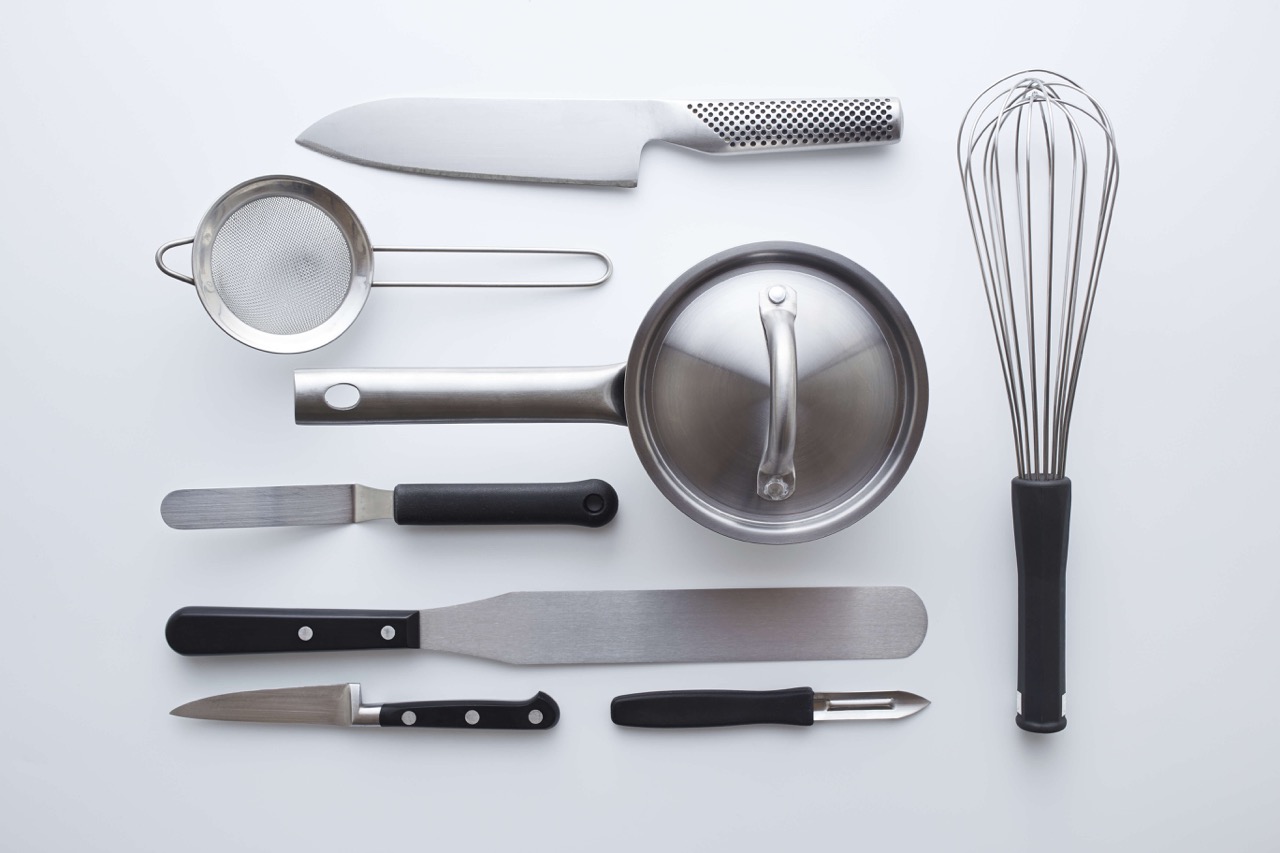
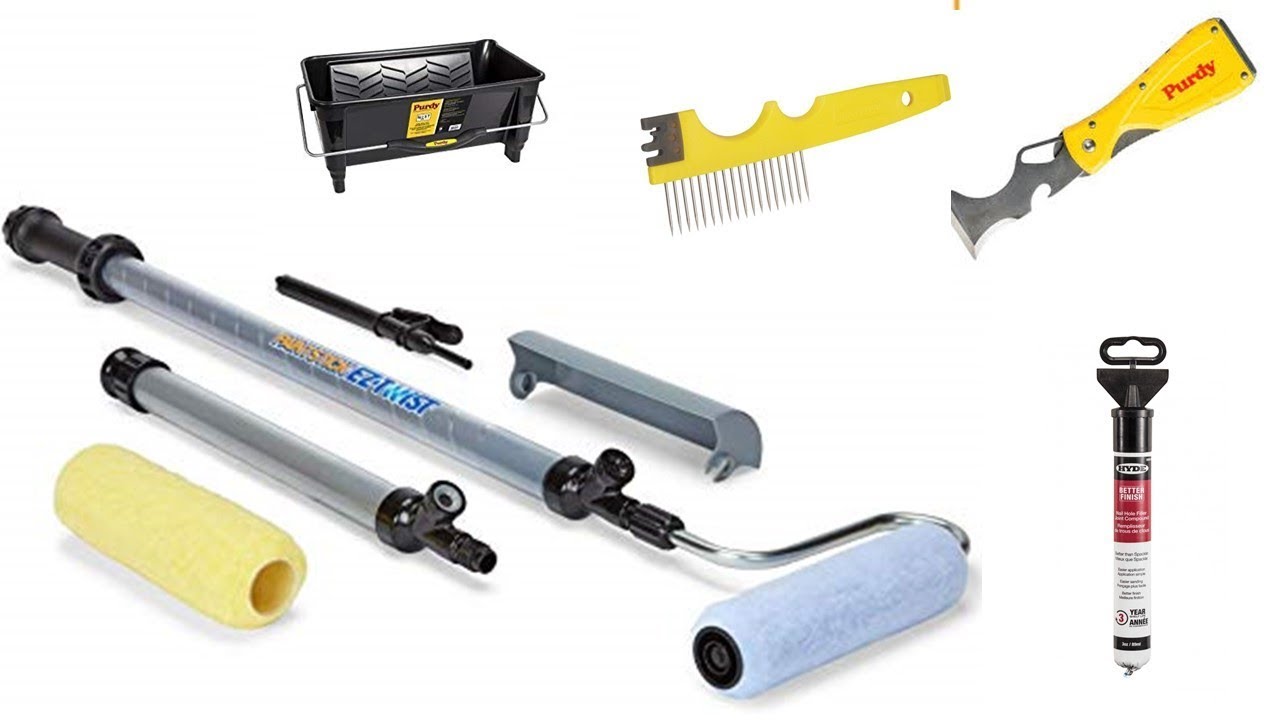
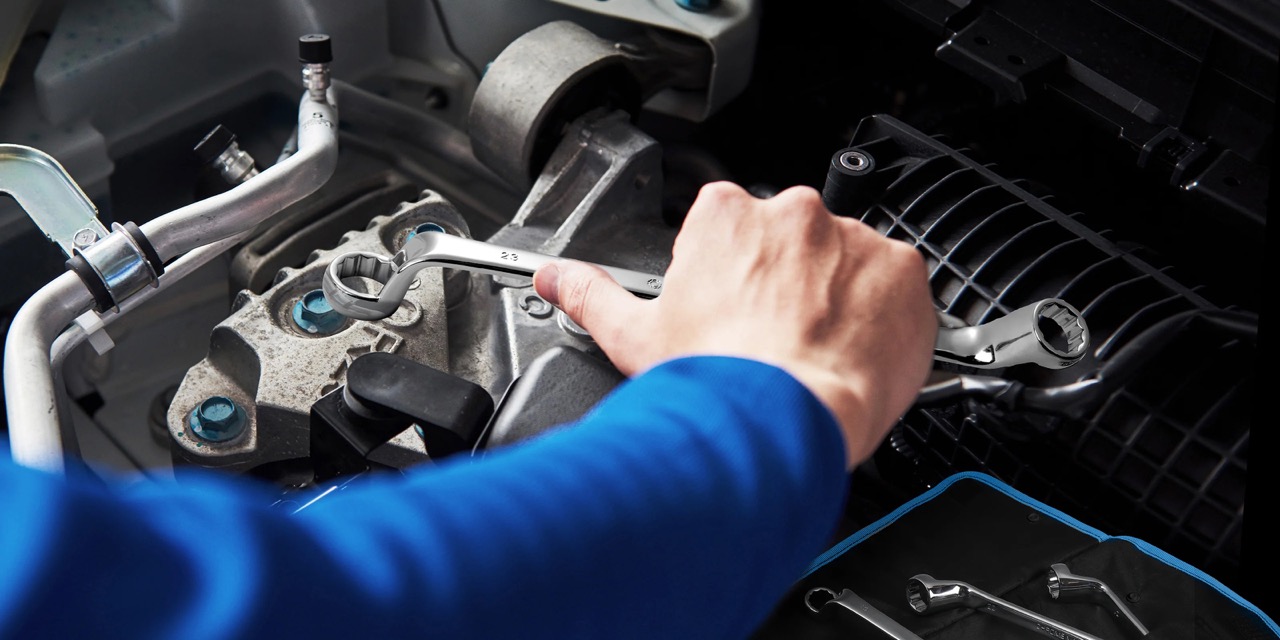
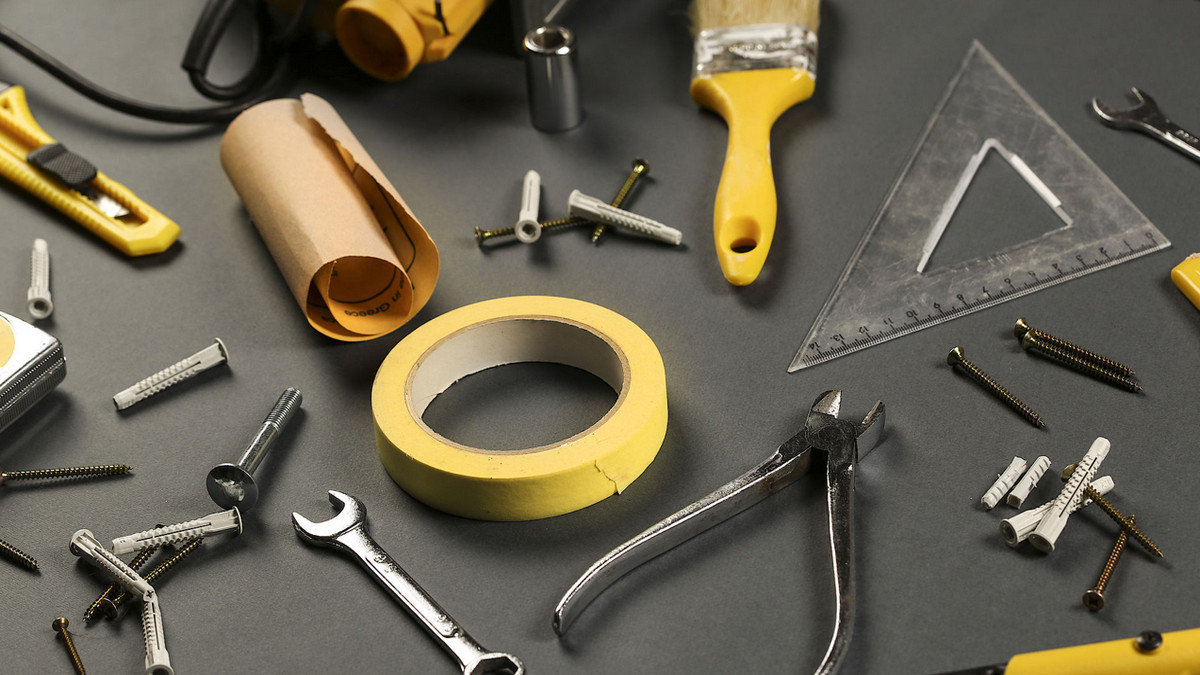
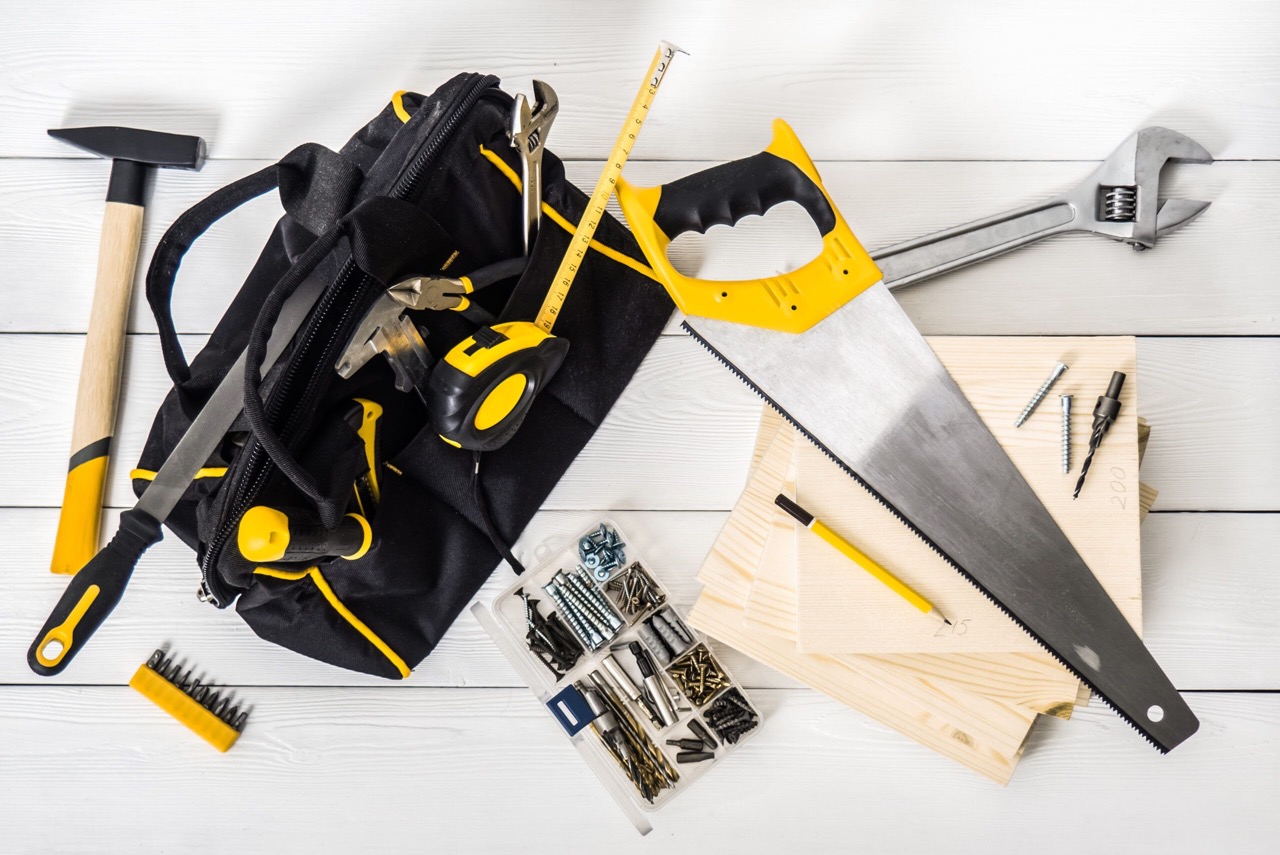
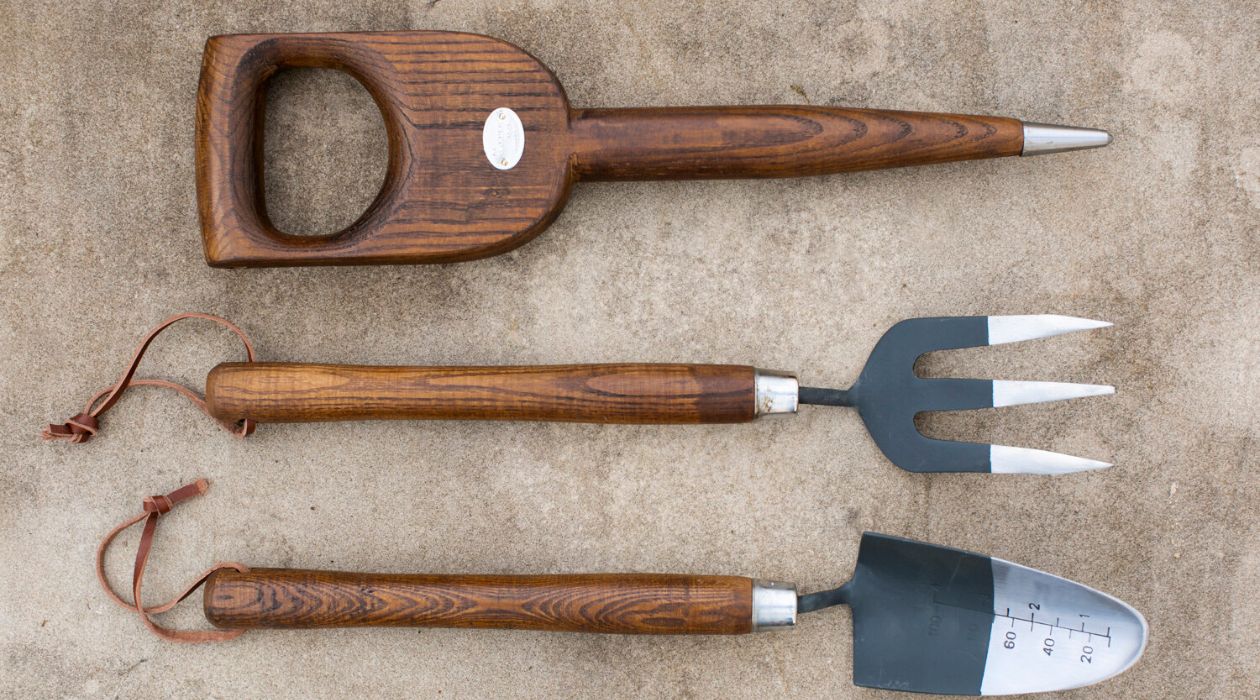
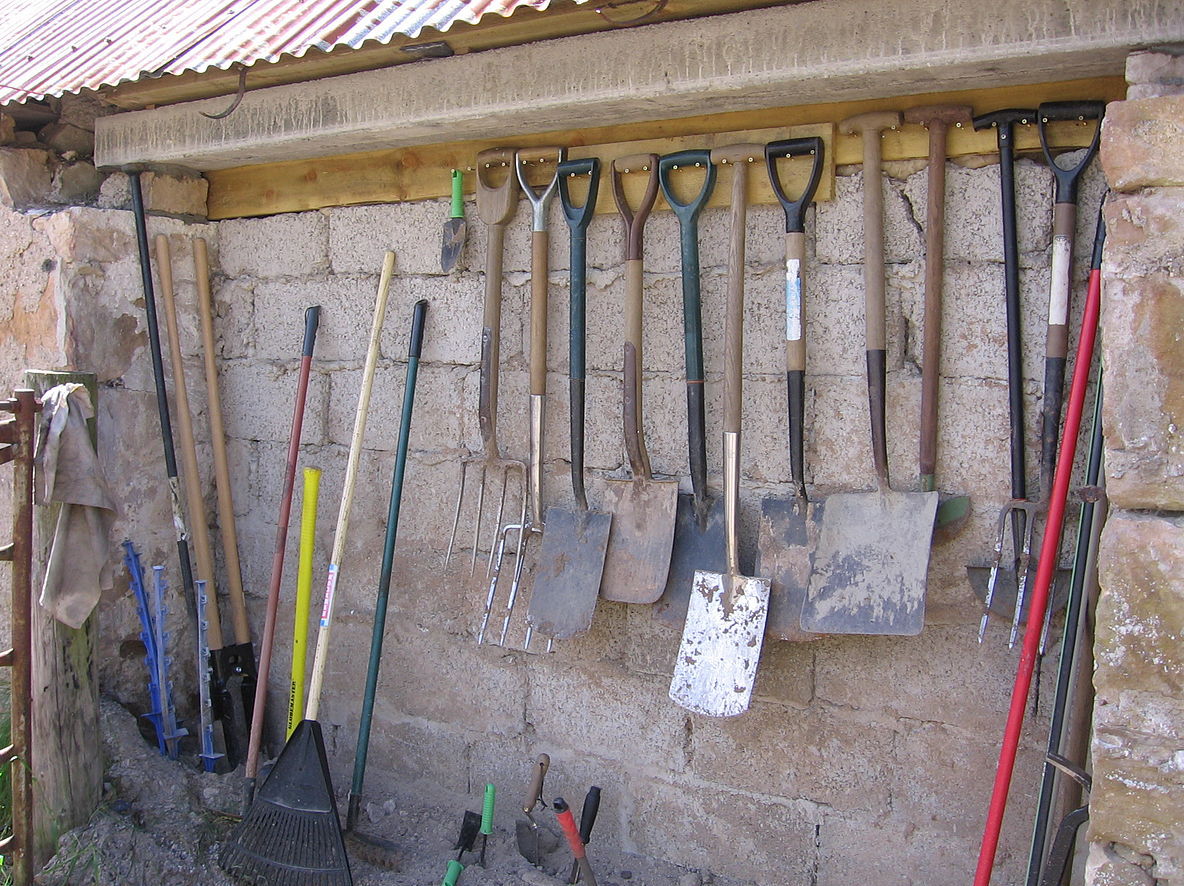
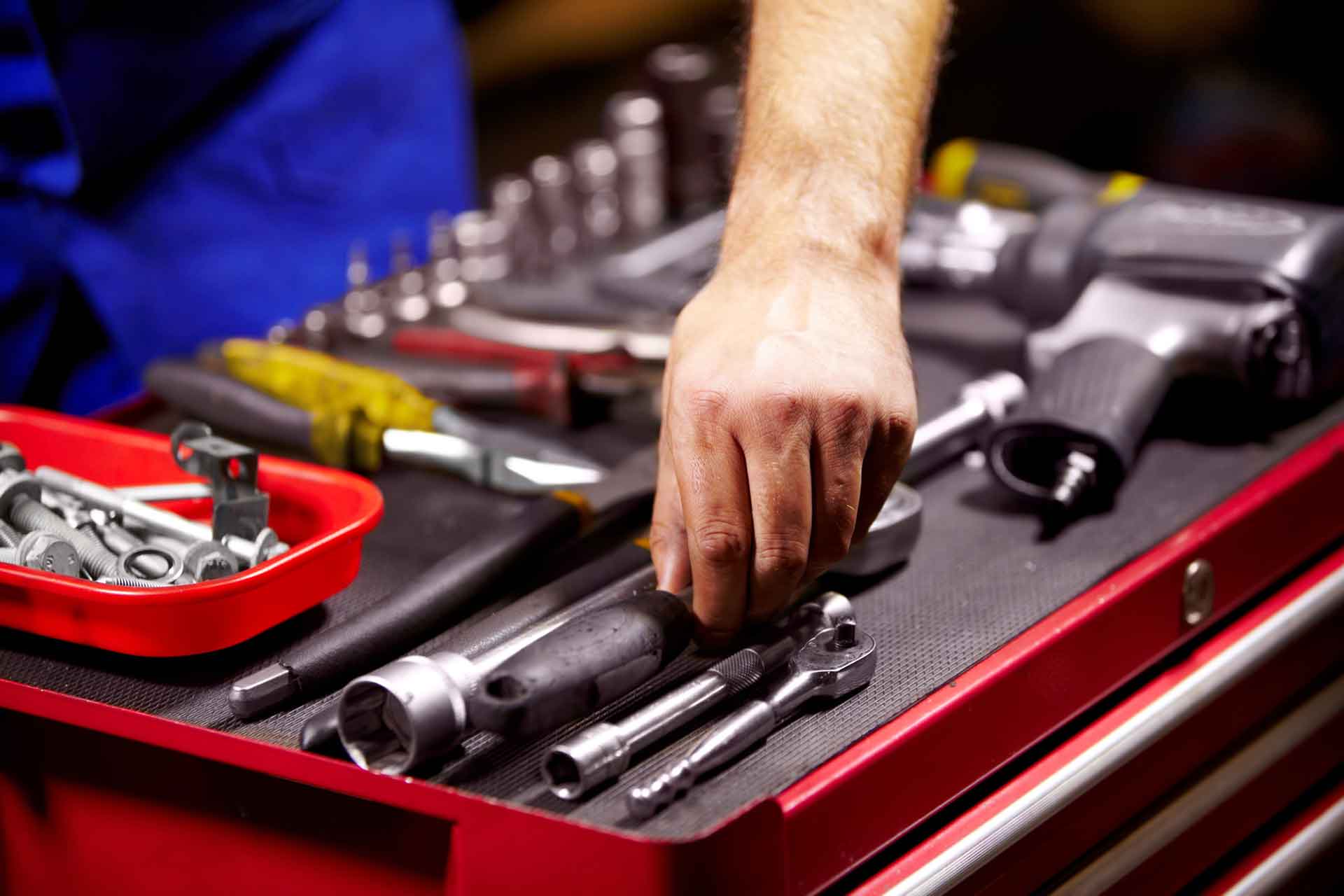
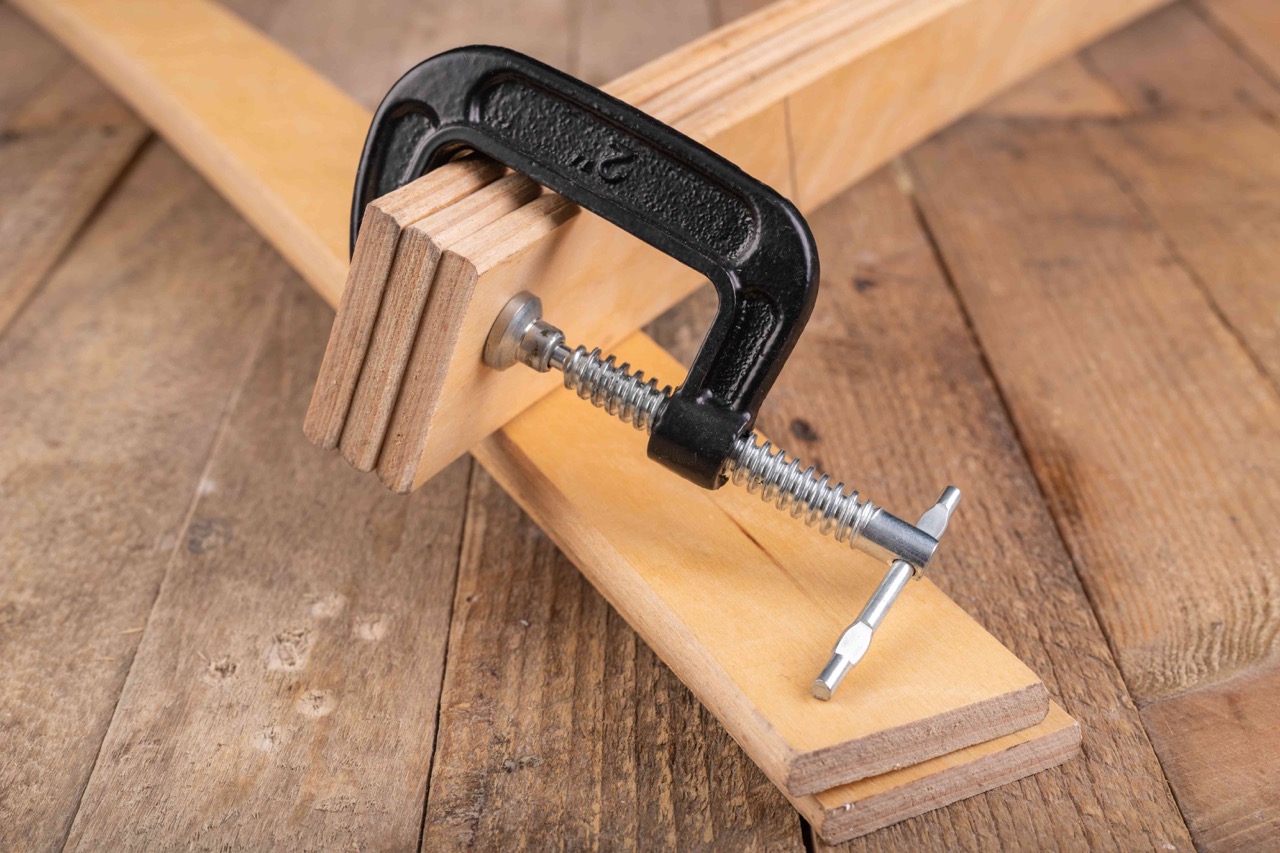
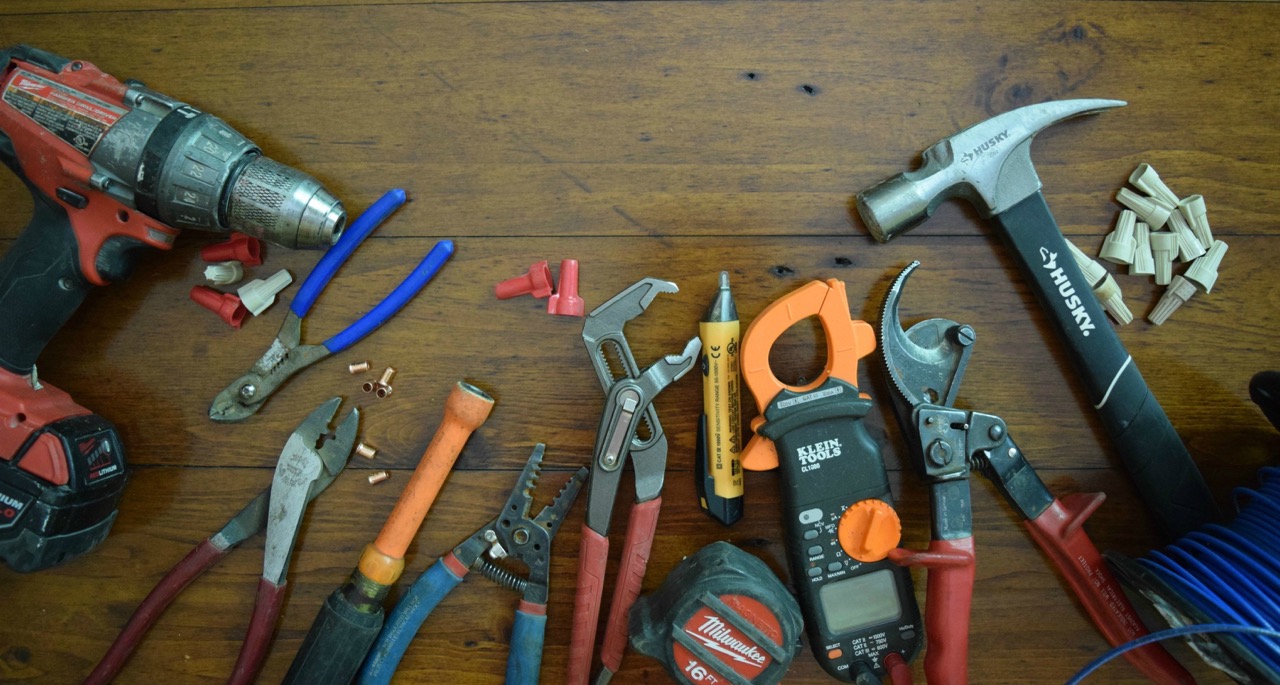

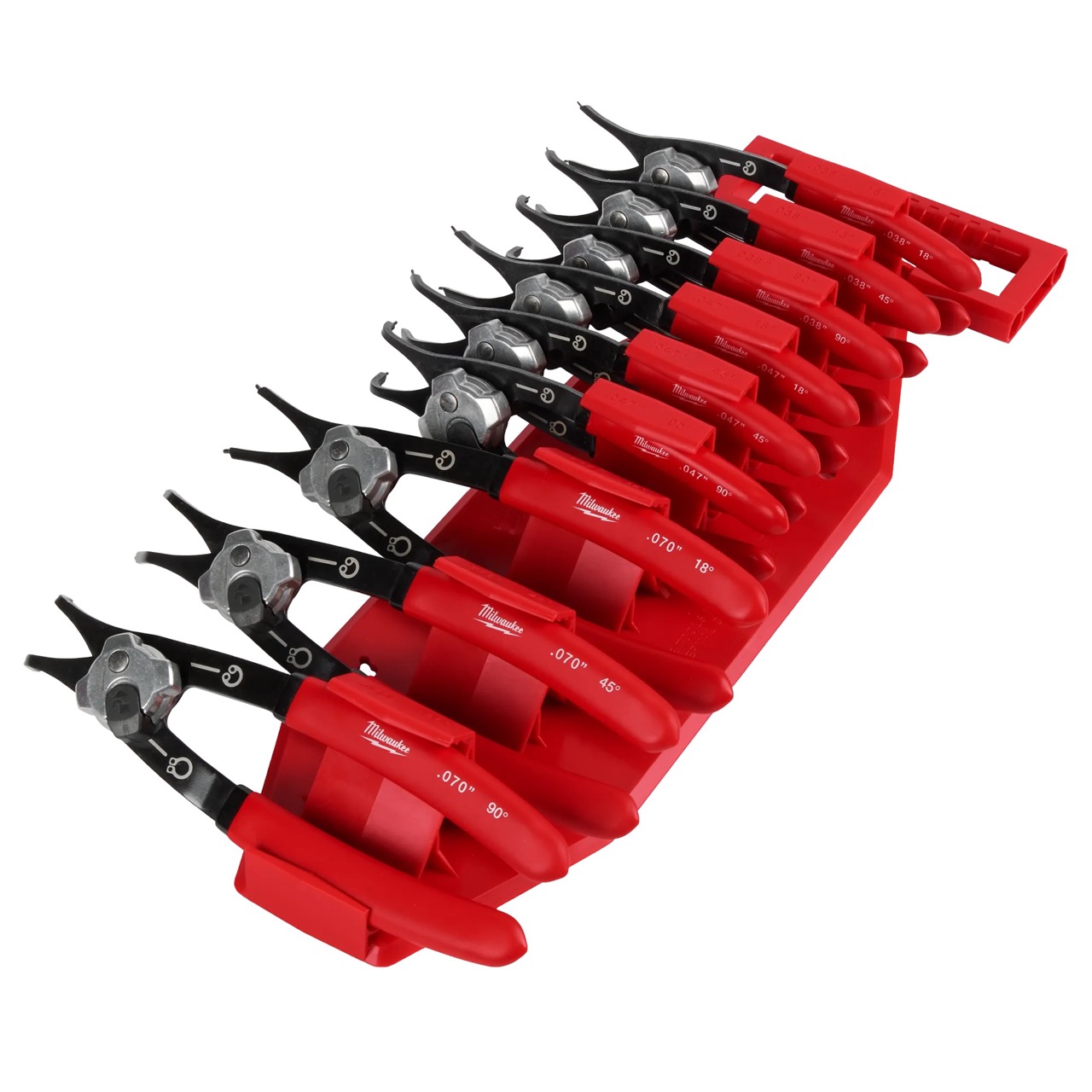
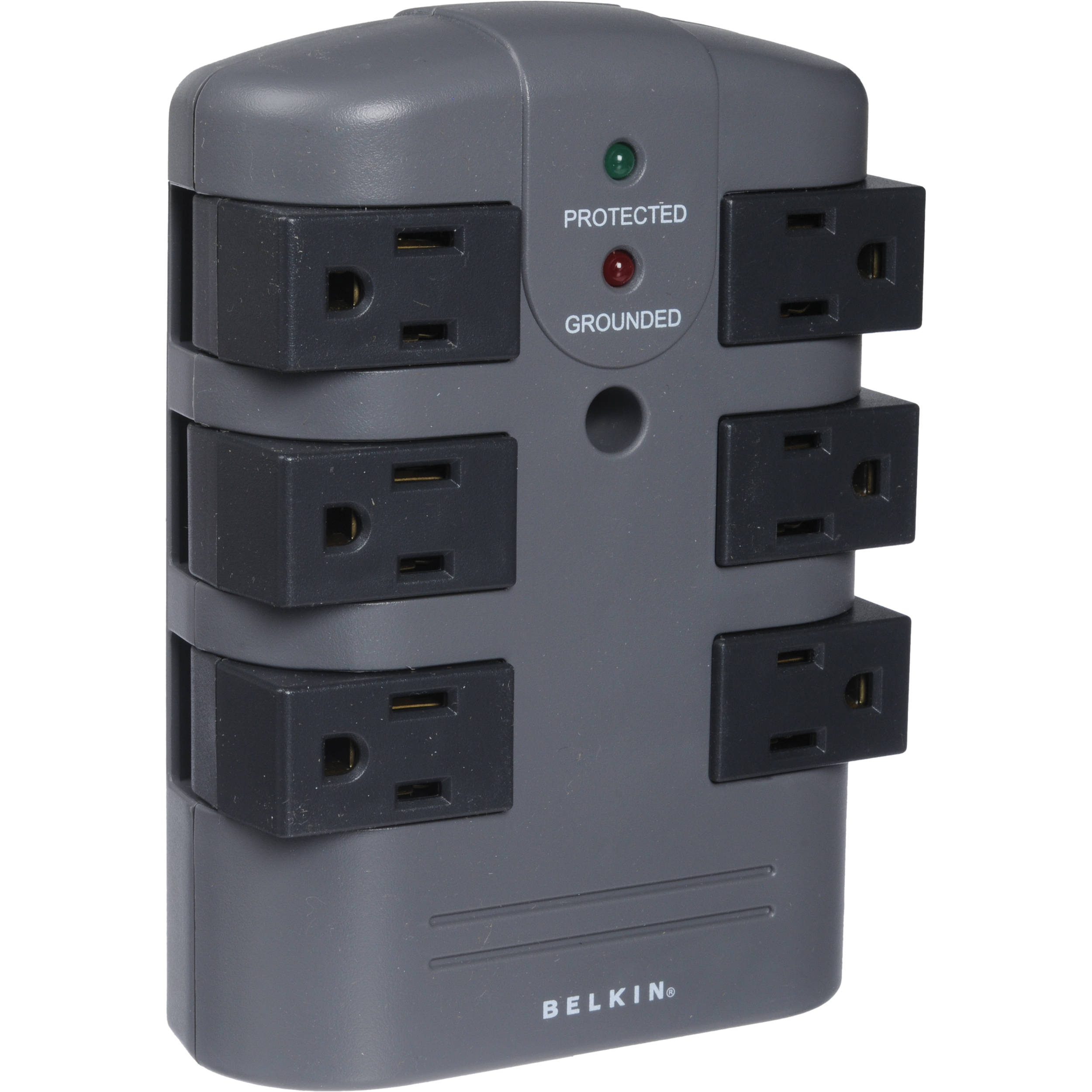
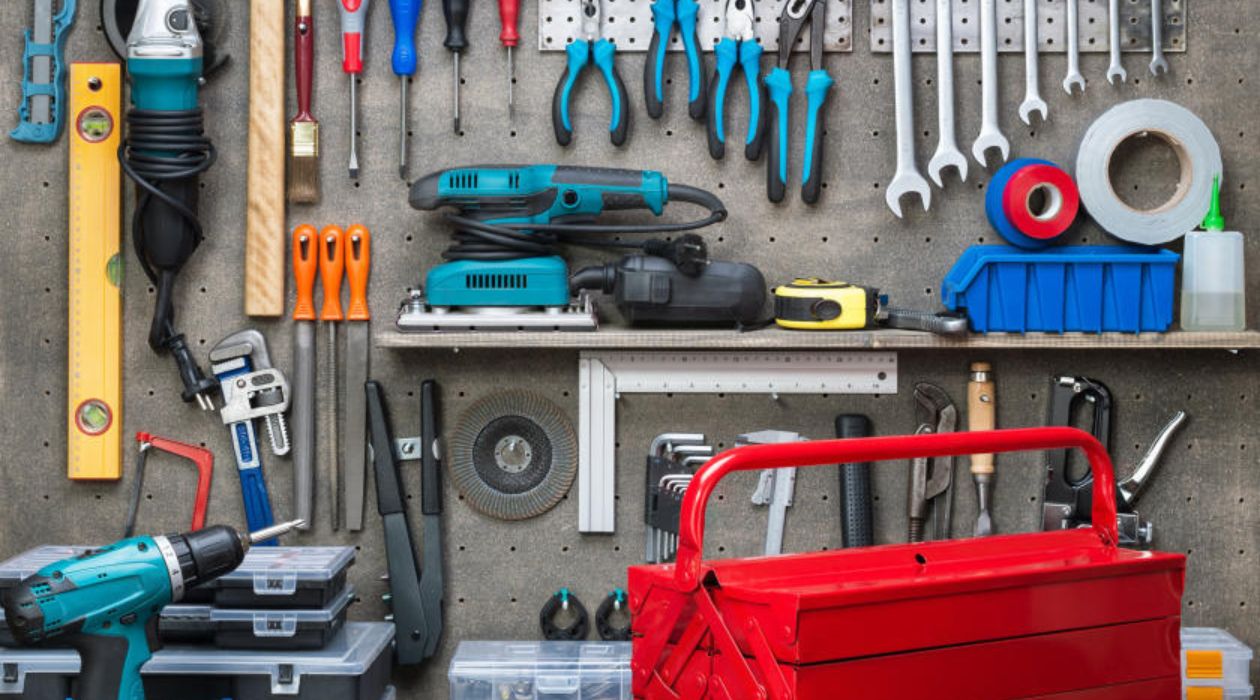

0 thoughts on “Which Statement About Painting Hand Tools Is Correct”